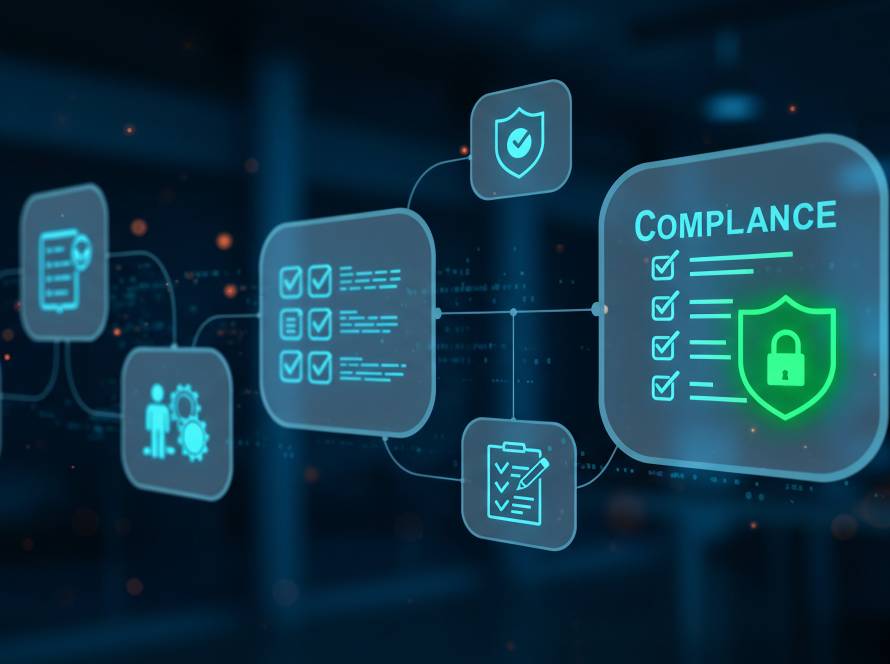
Why CTEM Is the Future of Cybersecurity: A Guide for Business Leaders
In today’s volatile digital landscape, traditional vulnerability management is no longer enough. Businesses need a proactive, continuous approach to identifying and mitigating threats. Enter Continuous Threat Exposure Management (CTEM)—a framework that’s rapidly becoming the gold standard for modern cybersecurity.
What Is CTEM?
CTEM is a structured, iterative approach to managing cyber risk. Unlike traditional models that react to threats after they occur, CTEM focuses on real-time exposure visibility, prioritisation, and response readiness. It was first introduced by Gartner and has since gained traction across industries for its ability to align security operations with business objectives
At its core, CTEM involves five key steps:
- Scoping: Define which assets matter most—typically external-facing systems, SaaS platforms, and high-value data.
- Discovery: Identify those assets and assess them for vulnerabilities.
- Validation: Test whether exposures are exploitable and whether defences are effective.
- Mobilisation: Coordinate cross-functional responses to mitigate risks.
- Monitoring and Iteration: Continuously refine the security posture based on new insights
Why Businesses Should Move Towards CTEM
-
Proactive Risk Management
CTEM helps organisations stay ahead of threats by identifying exposures before they’re exploited. This is especially critical in environments with high digital velocity, where new assets and services are constantly introduced. -
Business Alignment
CTEM translates technical risk into business impact, making it easier for executives and stakeholders to understand and support cybersecurity initiatives. -
Operational Efficiency
By prioritising vulnerabilities based on actual exploitability, CTEM reduces noise and allows teams to focus on what truly matters. -
Compliance and Resilience
CTEM supports regulatory compliance and builds resilience by embedding security into daily operations, not just audits or incident responses.



Who Should Adopt CTEM—and Who Shouldn’t?
Best Fit for CTEM
- Mid-to-Large Enterprises: Especially those with complex IT environments, cloud infrastructure, and remote workforces.
- Regulated Industries: Finance, healthcare, and legal sectors benefit from CTEM’s structured compliance support.
- Security-Mature Organisations: Teams already using tools like VMaaS (Vulnerability Management as a Service) or platforms like Qualys will find CTEM a natural evolution
Less Suitable for CTEM
- Small Businesses with Minimal Digital Footprint: The overhead of CTEM may outweigh the benefits for organisations with limited assets or exposure.
- Organisations Without Executive Buy-In: CTEM requires cross-functional collaboration and strategic alignment. Without leadership support, implementation may stall.
- Teams Lacking Foundational Security Practices: CTEM builds on existing vulnerability management. If basic controls aren’t in place, CTEM may be premature.
CTEM isn’t just another cybersecurity buzzword—it’s a strategic shift in how organisations manage risk. For businesses ready to evolve from reactive defence to proactive resilience, CTEM offers a clear, actionable path forward.





